The Simple Secret to Doing: Design Your Environment for Success
Part 3 in the "Knowing-Doing Gap" Series
Previous posts in the “Knowing-Doing Gap” Series, have explored how present bias and perfectionism sabotage our intentions. This week we're tackling the next powerful tool for turning knowing into doing: environment design.
When we think about health and wellness, we usually picture eating better and moving more. We may not realize that the spaces where we live, work, and move play an important role in shaping those choices.
Your environment can either make healthy habits easier or set up roadblocks. But making your environment a catalyst for your success isn’t difficult. It starts with setting the stage.
Environment Design in Action: 3 Key Areas
Whether it’s exercise, food, or work, our environment can be either supportive or an obstacle to achieving our wellness goals. So instead of relying only on willpower, let’s begin by claiming and designing our spaces to facilitate success.
1. Food and Eating: The Kitchen
We want to eat healthy foods, but often we don’t. Our kitchens and pantries may be sabotaging our healthy eating goals. The kitchen is the control center for our food choices. Design it to make healthy choices the default option and unhealthy ones the exception.
Make Healthy Food Visible: Place a bowl of fresh fruit on the counter. Put pre-cut vegetables at eye-level in the refrigerator in clear containers to showcase their vibrant colors. Use clear containers for healthy snacks like nuts and seeds so you see them immediately.
Create Friction for Unhealthy Food: Store tempting treats like cookies and chips in opaque containers or on a high shelf in the pantry. You can even move them to the basement or garage so you have to make a conscious effort to retrieve them. Better yet: keep them out of your house entirely. My philosophy is, “You can’t eat it if you don’t have it.”
Streamline Meal Prep: Designate a “meal prep station” with your cutting board, knives, and food processor readily accessible. This reduces the mental and physical effort of preparing healthy meals, making it more likely you’ll cook at home. No time to cut up vegetables and fruit? Buy them pre-cut or frozen.
Mindful Eating Zone: If possible, designate a clutter-free dining area or table where you only eat. This helps you focus on your meal, and signals to your brain that it's time to eat—not to work or watch TV, which can lead to overeating. Focus on eating rather than doing something else like scrolling social media or watching TV.
2. Movement and Exercise
Getting our bodies moving sometimes can feel difficult, but by changing our environment we can make it a natural part of our day.
Set Out Your Gear: Place your workout clothes, shoes, and a full water bottle right next to the bed the night before. This eliminates the “hunt” for gear and removes a common barrier to morning workouts. Leave your shoes by the door to remind you to take that after-dinner walk.
Visible Exercise Cues: Place a yoga mat, a set of dumbbells, or a resistance band in a visible and accessible area of the living room or in your work space. Seeing it serves as a constant reminder to move and allows for quick, mini-workouts throughout the day.
Make Movement Part of Your Commute: If you drive to work, park at the back of the parking lot to get a few extra steps in. Take the stairs instead of the elevator. These small changes add up over time without requiring a dedicated workout session.
Designate a “Movement Break” Zone: Set up a small, clear space where you can do a few stretches or jumping jacks. Use a timer as a reminder to get up every hour and go to that space to move for just 2-3 minutes.
Make a YouTube Playlist: Find some YouTube videos and have them queued up for easy access and selection. Organize them by time so you can select the ones that fit within your schedule and time allowance.
Find a Pleasant Workout Space: Your workout environment matters. If your gym feels unwelcoming or intimidating, you’re not going to go. Find a gym that fits your vibe, or create your own at home. If you like to walk but have to deal with traffic or safety issues in your neighborhood, find a nearby park and enlist a walking buddy.
3. Office Space and Work Environment
A well-designed workspace can dramatically boost your focus, creativity, and productivity.
Claim Your Space: Start by claiming your space. Even if you’re working at your kitchen table, claim that spot as your space and make it your own while you’re working.
Declutter Your Desk: A cluttered desk creates a cluttered mind. Clear away anything not essential to the task at hand. Keep only what you need for your current project in your direct line of sight.
Optimize Your Tools: Place your most frequently used tools (pens, notebooks, keyboard, etc.) within easy reach. The less friction there is between you and your work, the more likely you are to get it done.
Create a “Work Start” Cue: Use a specific action to signal the start of your workday. This could be opening a particular app, putting on a specific playlist, or getting a fresh cup of coffee. This ritual primes your brain for focus.
Manage Distractions at the Source: Place your phone on “do not disturb” and face down or in a different room. Use browser extensions that block social media sites during work hours. Don’t rely on willpower to resist distractions; remove them from your environment.
Create a Pleasant Workspace: It’s hard to be focused and productive if we don’t like our work space. Add small touches that inspire you and make it pleasant to settle in. In my new home office, I have a stained-glass window as the primary focal point, my favorite photos on my desk and bookcase, and calming visuals that both energize and steady me. I’ve created a space that I enjoy and that inspires focus and creativity.
By intentionally shaping these spaces, you reduce friction, increase joy, and make it natural to follow through on your goals.
What Research Says
Behavioral science shows that our environment has a powerful effect on the choices we make.
A landmark study by Brian Wansink at Cornell University found that people ate more candy when it was kept in a clear dish on their desks, compared to when it was placed in an opaque container or a few feet away. Visibility and convenience matter.
Research on “choice architecture” shows that people are far more likely to pick healthy foods when they are placed at eye level in cafeterias and stores.
Studies in habit formation confirm that reducing friction (making a behavior easier) or adding friction (making a behavior harder) significantly increases follow-through. For example, people exercised more when their gym was closer to home, and TV watching decreased when the remote was stored in another room.
Even small environmental cues can shift behavior. Studies have found that participants who placed fruit in a visible bowl at home increased their fruit consumption by 71%.
The takeaway? Our surroundings quietly shape our behavior every day—often more than willpower does. By designing environments that make the healthy choice the easy choice, you stack the odds in your favor.
A Real-Life Example
How many times have you opened the vegetable crisper to discover a science experiment of wilted greens and slimy cucumbers? You bought them with the best of intentions—but they never made it to your plate. Why? Because they were hidden away, while that bag of chips was grab-and-go.
That’s where environment design comes in. If you cut your veggies—or buy them pre-cut—and store them in clear containers at eye level, you’re far more likely to eat them. It’s not about discipline; it’s about design.
The same principle works with treats. I enjoy a little dessert after dinner—dark chocolate almonds are a favorite. But if I keep the container next to me, I’ll eat more. By portioning out a few and tucking the rest in the pantry, I create just enough friction to keep my habits in check.
Simple Environment Design Strategies
Here are some simple strategies to get started:
Make it easy to start. Lay out your workout clothes the night before, keep a water bottle filled on your desk, or have pre-cut vegetables available for snacking.
Make it visible. Keep a bowl of fruit on the counter, put your walking shoes by the door, or post an encouraging note where you’ll see it.
Make it harder to slip. Store sweets in the pantry instead of on the counter, move the remote away from the couch, or log out of distracting apps.
Make it enjoyable. Use colorful containers, light a candle at your desk, or play music while you move. Small touches can make healthy habits more inviting.
Why This is Especially Important for Older Adults
As we age, our cognitive load and physical energy can fluctuate. Relying solely on willpower can become more challenging. Environment design offers a low-effort, high-impact solution.
It takes the burden off our conscious mind and automates good habits. It's about working smarter, not harder. By setting up our environments to support our goals, we create a system that works for us, even on days when we're feeling tired or unmotivated. This is a form of self-care that pays dividends in long-term health and well-being.
Bringing It All Together
When it comes to building habits that last, your environment is a silent partner—always nudging you in one direction or another. You don’t need to rely on constant willpower; you can design spaces that work for you, not against you.
Start small. Choose one area—your kitchen, your workspace, or your exercise spot—and make a simple change today. Clear off the counter, set up a corner for movement, or put those veggies where you’ll see them.
When you set the stage, the healthy script almost writes itself!
💙 If my writing helps you feel informed, inspired, or a little more in control of your health and well-being, I’d appreciate it if you’d become a paid subscriber. Your support allows me to create thoughtful, science-backed content that empowers you to add life to your years.
For Paid Subscribers:
Your Personalized Environmental Design Action Plan
Use these prompts to set up your own environment for success. You don’t need to change everything at once—just pick one area and get started.
Previous Posts In This Series
Join the Conversation!
How will you design your environment for success this week?
Leave a comment to share your plan. Your comments help all of us!


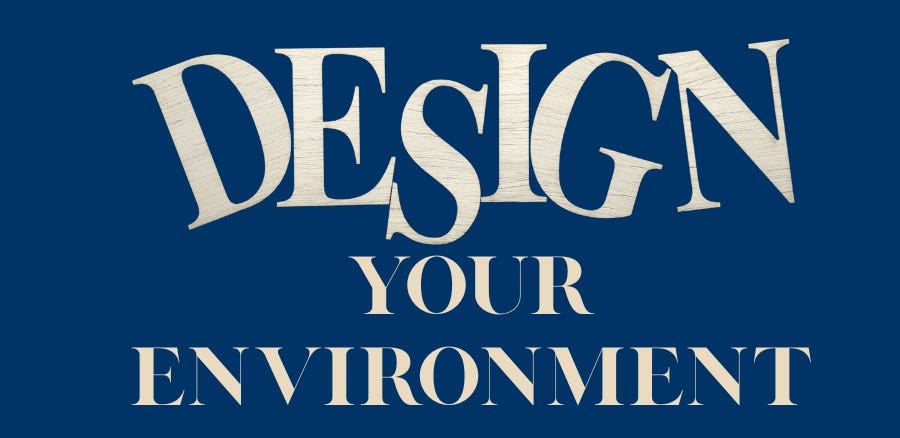
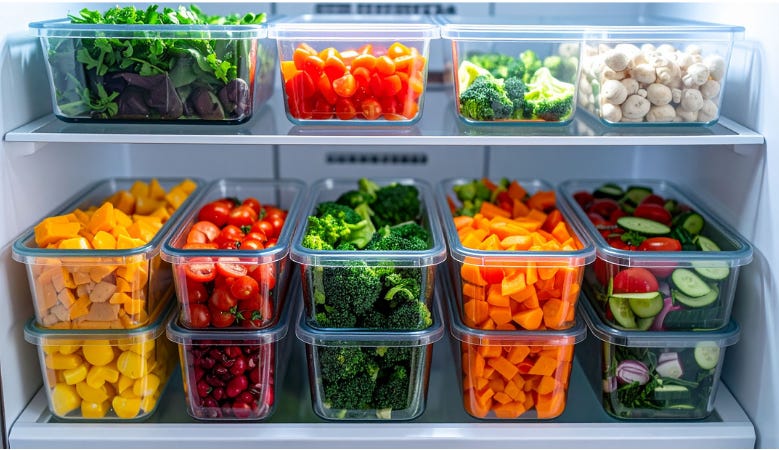
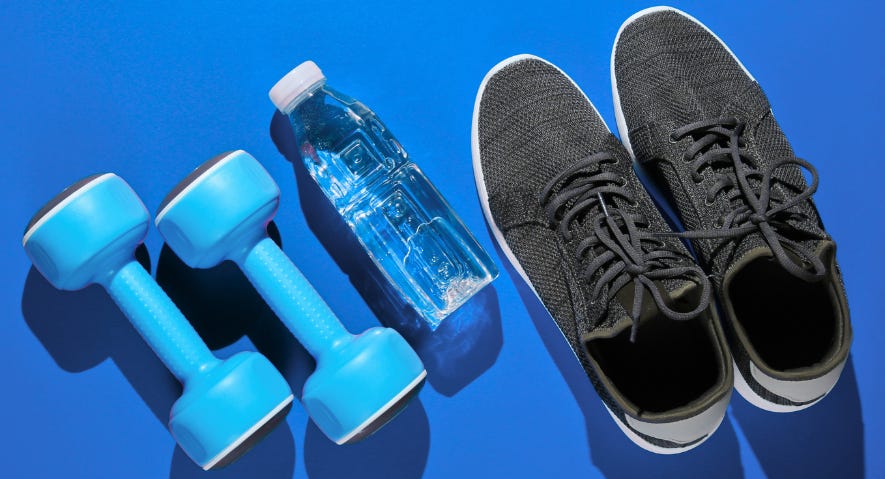

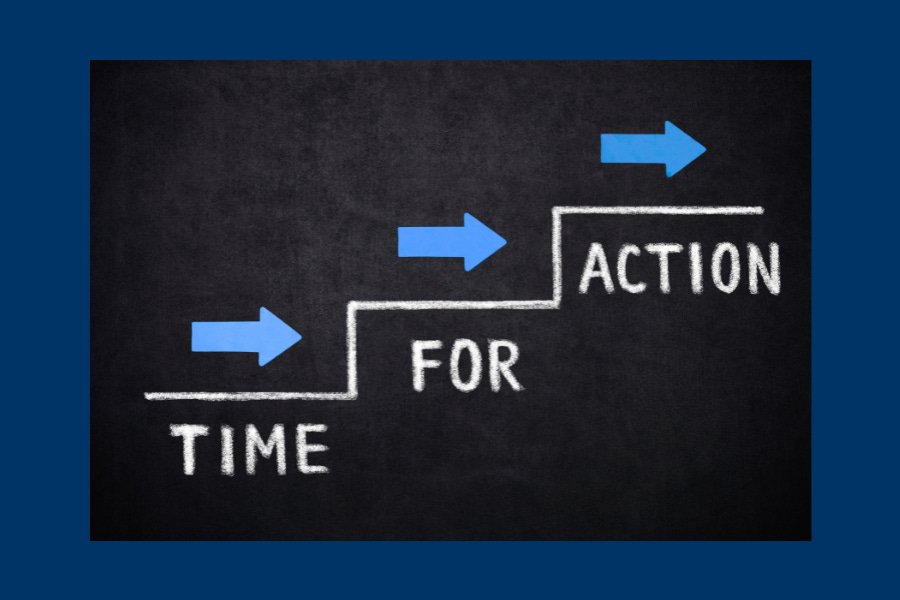

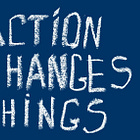
Great suggestions. I love to work outside where I can be in nature. My thoughts are the clearest there. I've also assigned different bags for different tasks like my leisure reading bag, my humor reading bag, and my productivity bag. I like to move around when I work, a change in environment helps me stay focused.
Really good suggestions here. I believe I will be putting some of these into practice.
I have been working on keeping my desk free of distractions for some time now, it is very effective at helping to retain focus.